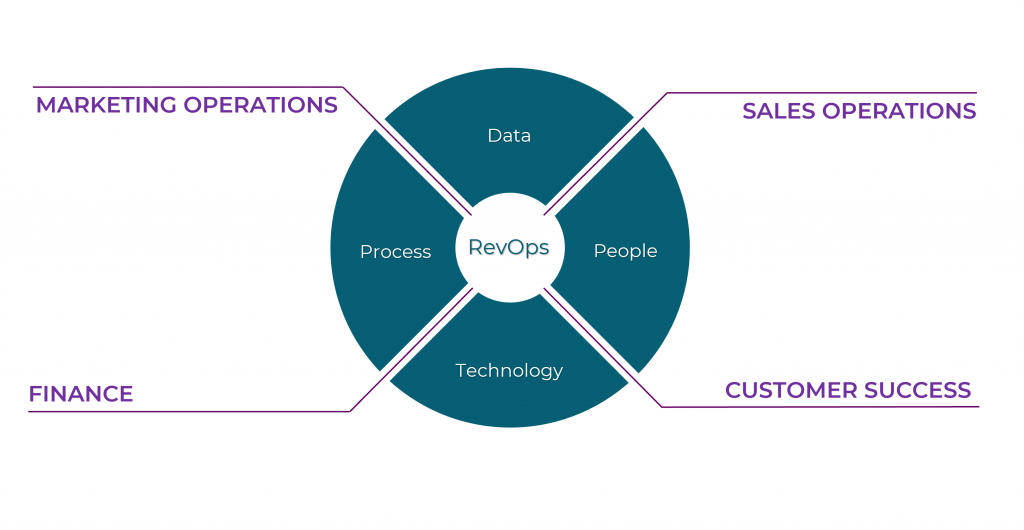Five Best Practices for Ensuring Robust Data in Salesforce
Good quality data is the backbone of your operations. But how do you ensure that your Salesforce data remains robust, reliable, and actionable? Here are some bite-sized tips that you can quickly implement to keep your data in good order.
1. Start with a Clear Data Governance Policy
The foundation of robust data in Salesforce starts with a well-defined data governance policy. This policy should outline who is responsible for data entry, what standards need to be met, and how often data should be reviewed. By setting clear expectations from the beginning, you avoid inconsistencies and ensure everyone on the team is on the same page.
Example: If you’re running a campaign to target leads in specific industries, your governance policy should mandate that all leads must have industry fields filled out accurately. Better yes, ensure you use global pick-list values for uber-consistency. This prevents your future marketing efforts from going to the wrong audiences.
2. Leverage Validation Rules to Maintain Data Integrity
Salesforce’s validation rules are your best friend when it comes to ensuring data integrity. These rules help prevent bad data from entering your system in the first place by setting conditions that data must meet before it’s saved.
Example: Create a validation rule that ensures all email addresses follow the correct format. This simple rule can save you countless hours cleaning up invalid emails later.
Further Reading: Learn how to set up validation rules here: https://help.salesforce.com/s/articleView?id=sf.fields_about_field_validation.htm
3. Regularly Audit and Clean Your Data
Even with the best data entry practices, data can still become outdated or inaccurate over time. Regular data audits are essential to identify and correct these issues. Use Salesforce’s built-in reporting tools to create a data audit dashboard that tracks key data health metrics like missing fields or duplicates.
Example: Set up a monthly audit that checks for any accounts with missing phone numbers or addresses, and schedule time to clean up or enrich this data as needed.
4. Implement Data Enrichment Tools
To keep your data fresh and relevant, consider integrating third-party data enrichment tools that automatically update and enhance your Salesforce records. Tools like ZoomInfo (US focused) or Cognism (UK/EU focused) can pull in updated contact information, firmographic details, and more, ensuring your team always has the most up-to-date data.
Example: After integrating a data enrichment tool, you notice that many of your leads now have up-to-date job titles, making your targeting more precise.
5. Train Your Team Continuously
Even with all the tools and policies in place, your data is only as good as the people managing it. Regular training sessions to reinforce best practices in data entry, hygiene, and usage are critical. Make sure your team understands the “why” behind these practices—how clean data directly impacts their success.
Example: Host quarterly training that highlights the impact of data quality on campaign performance, using real examples from your Salesforce org.
Further Reading: Check out Salesforce’s training resources here: https://trailhead.salesforce.com/en/content/learn/trails
Conclusion
Robust Salesforce data doesn’t happen by accident. It requires a combination of strong policies, smart tools, and ongoing training. By implementing these best practices, you’ll not only improve the quality of your data but also empower your team to achieve better outcomes.
Keep refining these practices, and don’t hesitate to contact us if you need help to keep your Salesforce data as strong as it can be.




